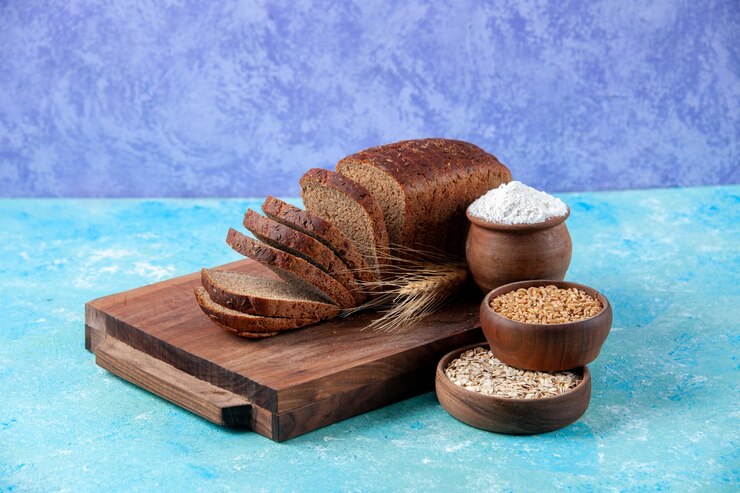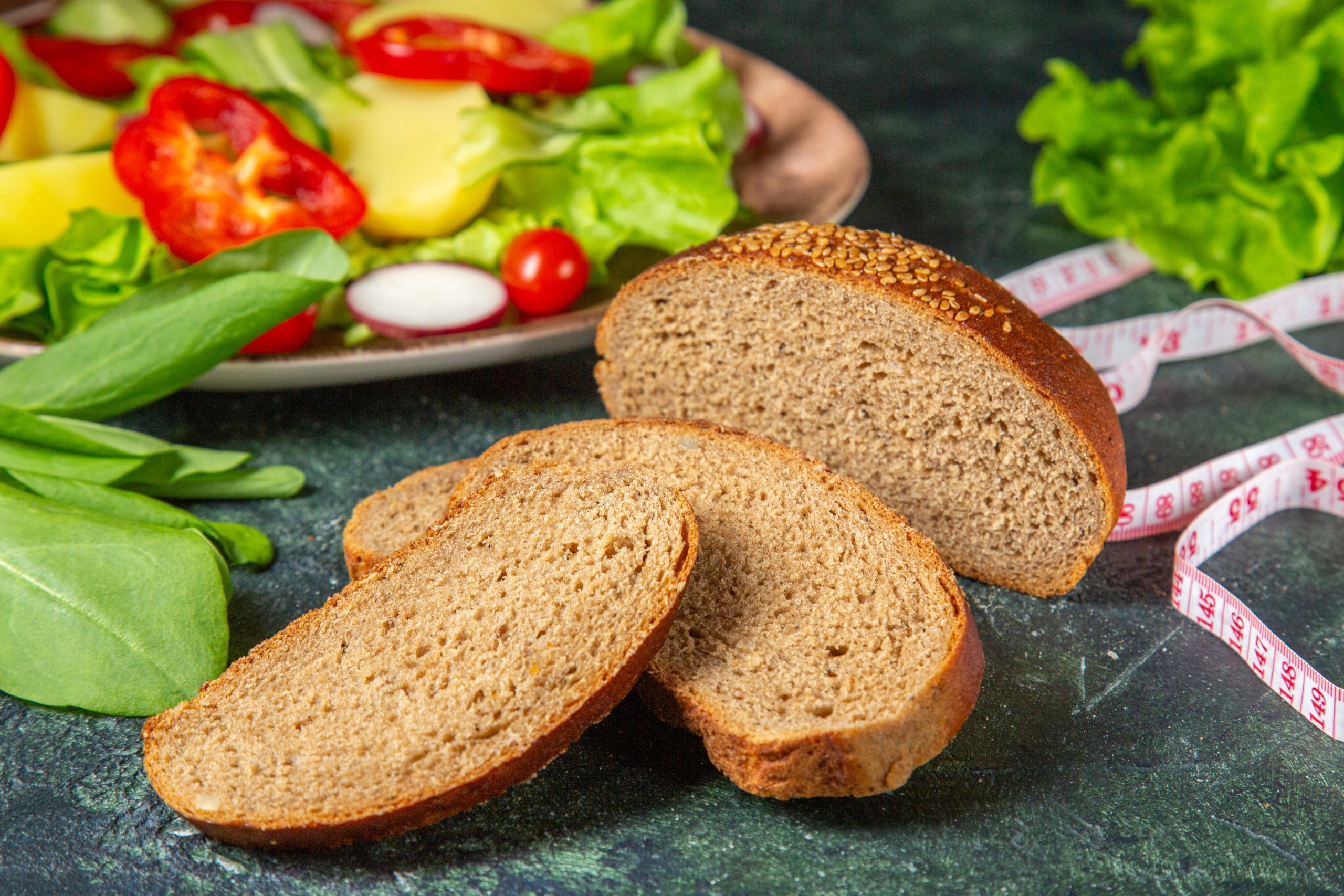
Are Wheat Bread and Brown Bread Different? Explained by the Best Nutritionist in India and Dietician in Vadodara.
If you’re puzzled about whether wheat bread and brown bread are the same, don’t worry; you’re not alone. Allow the best nutritionist in India, Ms. Prachi Shah, a clinical dietician and practicing nutritionist, to navigate this confusing territory as you select your delightful bread.
According to Ms. Prachi Shah, the best dietician in Vadodara, there’s a common misconception that brown bread is the same as wheat bread. However, the fundamental distinction lies in the use of whole wheat flour versus refined wheat flour. Brown bread is akin to white bread in terms of health benefits because it typically contains refined wheat flour, known as Maida, which is considered unhealthy. In today’s health-conscious era, most consumers seek nutritious and healthy options.
Bread is one of the oldest staple processed foods globally, dating back around 10,000 to 12,000 years BC. It is believed to have originated in the Middle East, with the Egyptians often credited as pioneers of bread making. Bread is created by mixing wheat flour with water, oil, and salt. Gluten, a vital component in bread-making, provides wheat and other gluten-containing cereals such as barley and rye with an advantage over other grains.

While bread has evolved significantly over the centuries, it can be likened to the Middle Eastern round flatbread from ancient times. Whole wheat bread has protein, carbohydrates, starch, fibers, vitamins, and minerals. The bread-making process involves proteins and glutenins from the flour combined with starch to form a grid capable of retaining gasses produced during fermentation. This results in the fluffiness, crust, and texture of bread. The protein content in the flour determines the amount of gluten produced, which is why hard wheat, with its high protein levels, is commonly used in bread production.
Calories per 100 grams: 313 cal
Total Carbohydrate: 56 grams
Protein: 13 grams
Sodium: 601 micrograms
Calories per 100 grams: 247 cal
Total Carbohydrate: 41 grams
Protein: 13 grams
Sodium: 400 micrograms
Whole grain bread has calories and carbohydrates that are fewer compared to brown bread, with no significant difference in protein content. Additionally, a single slice of brown bread contains 75 calories, while 1 slice of wheat bread has a calorie count of 69. So, is whole wheat bread healthier than brown bread? Let’s explore.
Bread is made from various grains, selected based on nutritional value and desirability. Wheat flour is a common choice due to its fiber content. Rye flour, on the other hand, has a higher fiber content and a lower glycemic index, making it suitable for diabetics. Barley flour is known for reducing blood cholesterol levels and glycemic load. Corn flour is used in various bread and bakery products. Multi-grain bread incorporates different grains and millets. Nevertheless, wheat bread, brown bread, and white bread remain the most widely consumed types.
A wheat seed consists of three edible parts: Bran, Germ, and Endosperm. Bran contains essential components like vitamins, minerals, phytochemicals, and dietary fiber. However, bran has less gluten functionality, leading to its removal.
Brown bread lacks bran, endosperm, and germ, all of which are present in whole wheat bread. This makes whole wheat bread richer in carbs, fiber, vitamins, minerals, and proteins. Brown bread is often artificially colored with caramel, giving it a brown hue. In contrast, whole wheat bread is naturally brown.
Commercial bread production involves the addition of commercial yeast, salt, maltase, palm oil, and artificial colors. Sugar is added to expedite the yeast fermentation process, posing health risks, particularly for diabetics, the elderly, and those with heart disease.
Many consumers buy brown bread without scrutinizing the ingredient list. Manufacturers often capitalize on this. Most brown breads in India contain minimal wheat content, but they are designed to taste, smell, and look better than whole wheat breads. This is achieved by adding emulsifiers, artificial phytochemicals, sugar, preservatives, oil, and active nutritive mineral elements. Therefore, it’s safe to say that “white bread is a better option than brown bread,” as it contains fewer additional ingredients to enhance durability, texture, shelf life, and taste.
Whole wheat bread, while less aesthetically pleasing with its dark, rough crust and slightly bitter taste, boasts significantly higher nutritional value than carbs and protein in brown bread.
As advised by Ms. Prachi Shah, the best dietitian in Vadodara:
If you’re a bread enthusiast, choose sourdough over other bread types. Sourdough undergoes natural fermentation and doesn’t require commercial yeast. Its extended fermentation period of 72 to 96 hours enhances nutrient bioavailability, making it a healthier and preservative-free option. It also aids in breaking down carbohydrates and gluten, neutralizing phytic acid for easier digestion.
Always check the ingredient and nutrition content lists, along with added preservatives, when purchasing bread. Look for the term “WHOLE” in the ingredients, such as “whole wheat” or “whole grain,” as it signifies the use of the entire grain kernel, which is healthier than refined alternatives.
Pair your bread with good sources of proteins and fibers to mitigate sugar spikes. Avoid consuming atta bread calories on its own.
Consider making your own bread using cleaner ingredients and in a cleaner environment. This way, you have more control over what goes into your bread.
I’d love to learn more about you and how we can work together to get our healthy meals on the table.